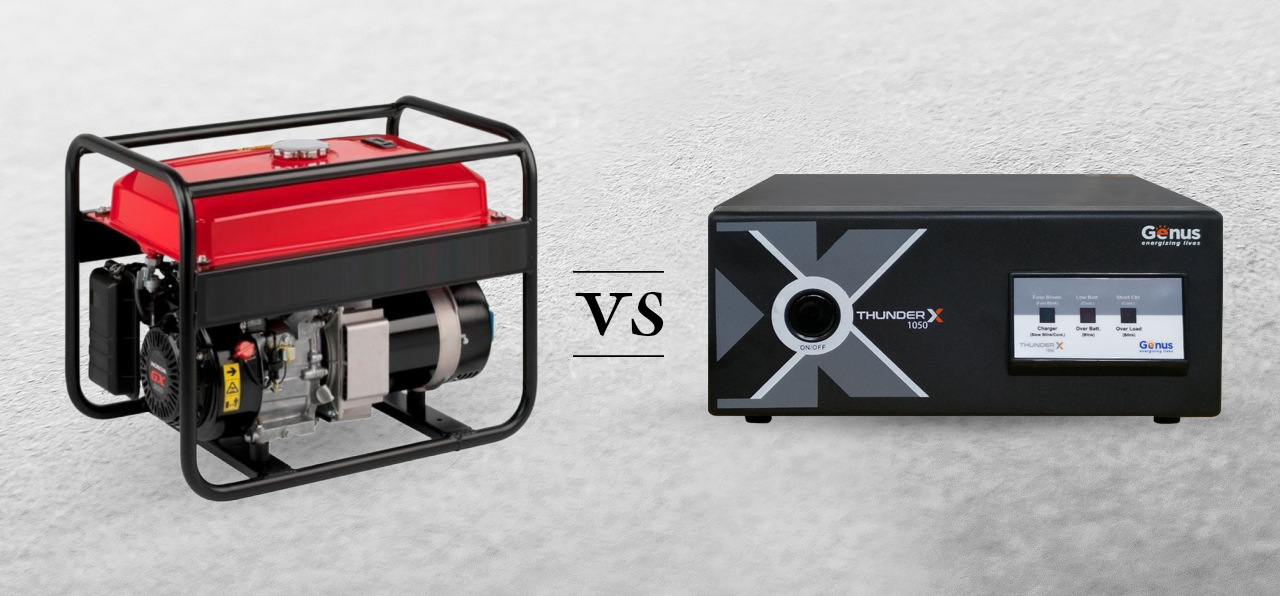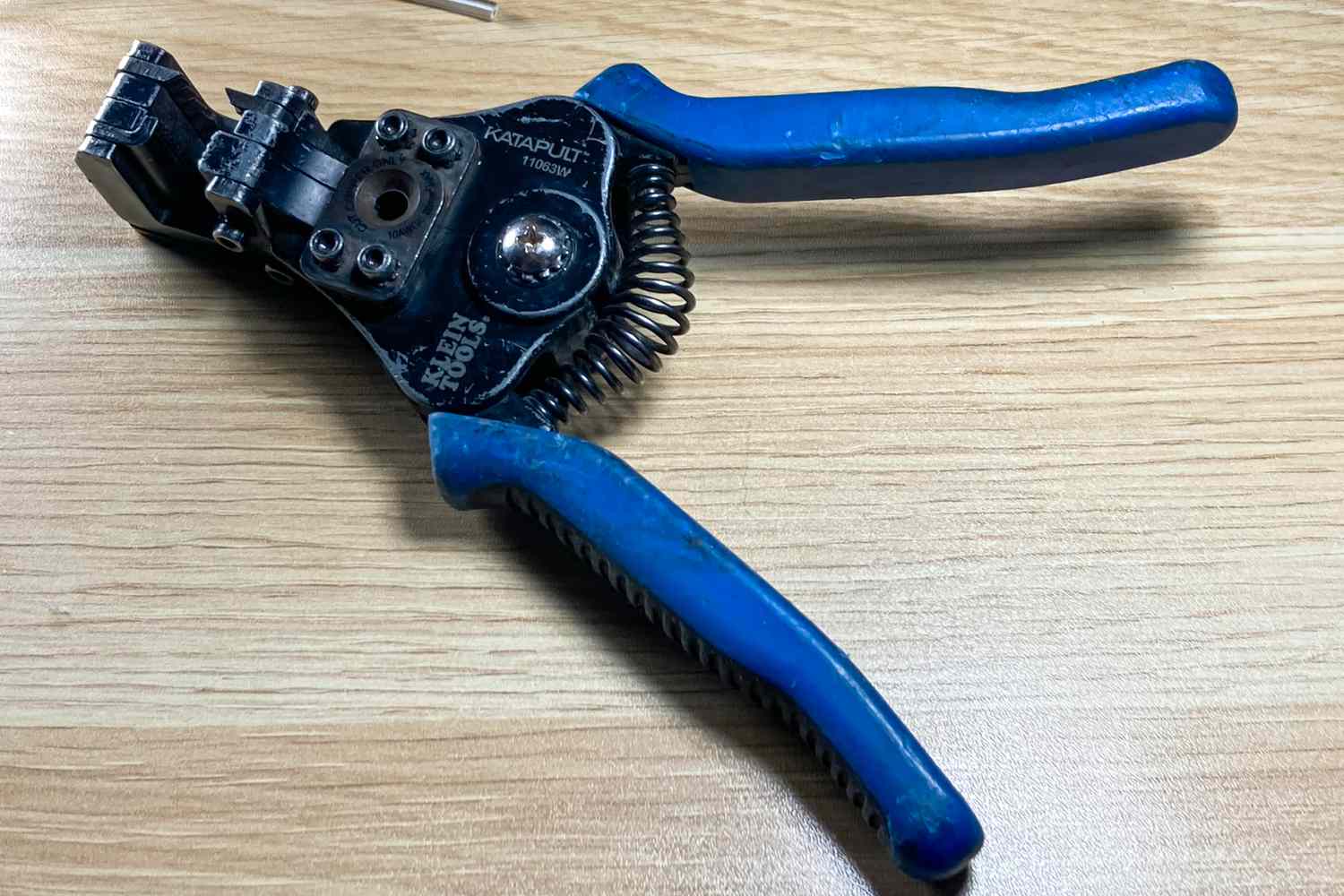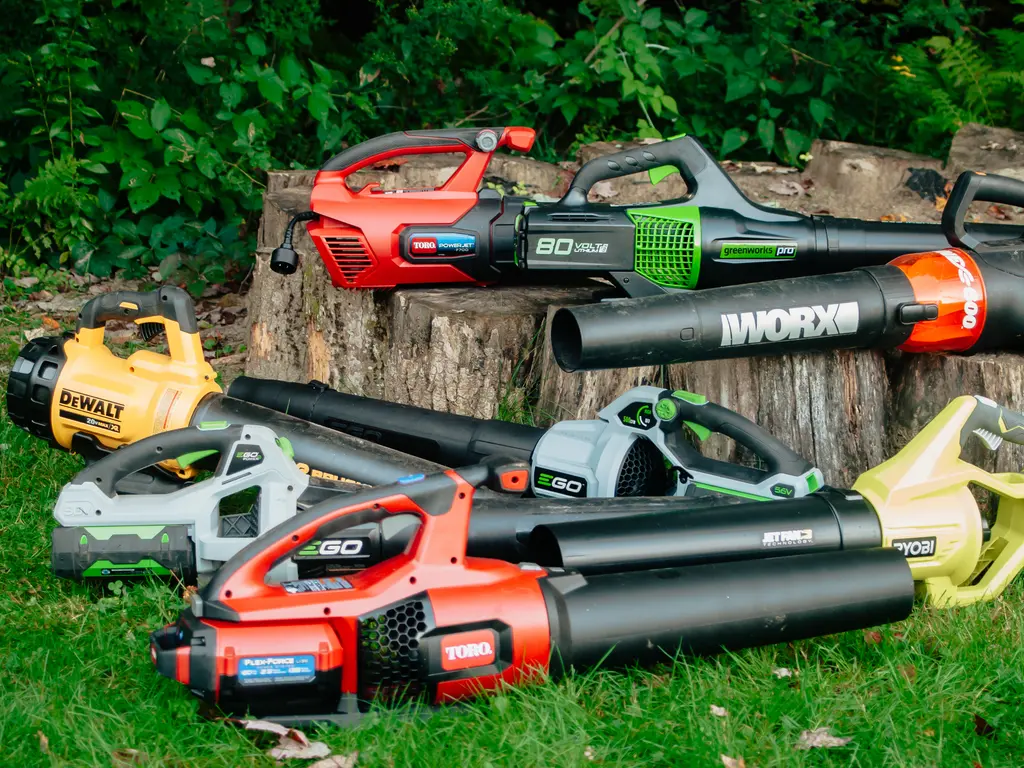How Do I Choose A Scroll Saw
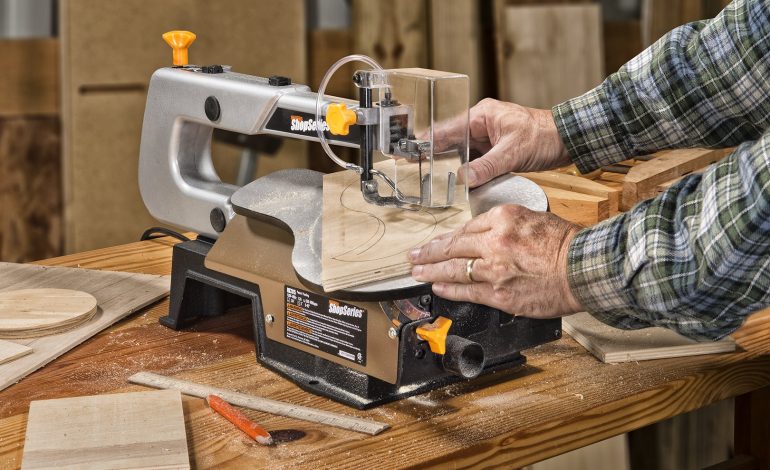
Choosing the right scroll saw can make all the difference between a frustrating project and a masterpiece you’re proud to show off. But with so many options out there, it’s easy to feel overwhelmed. Whether you’re a seasoned woodworker or just starting out in the DIY world, picking the perfect scroll saw for your needs is an essential step toward bringing your ideas to life.
This guide will walk you through the key factors to consider, such as blade types, speed settings, and must-have features, so you can find a tool that fits both your projects and your skill level. Are you planning intricate cuts, unique patterns, or specific materials? We’ll help you understand what to look for so you can make an informed decision.
By the time you’re done reading, you’ll feel confident tackling your next woodworking project, armed with a scroll saw that’s up for any challenge. Let’s get started!
What is a Scroll Saw and Why Do You Need One
A scroll saw is a specialized woodworking tool designed for precision cutting. Unlike other saws, it features a fine, thin blade that moves up and down at high speed, allowing for intricate, detailed work. Its design makes it perfect for creating curved edges, delicate patterns, and intricate designs that are hard to achieve with standard saws.
This tool is an essential addition to any woodworker’s bench, especially if you enjoy crafting decorative pieces, jigsaw puzzles, or intricate wood art. It’s also highly versatile, capable of cutting a variety of materials like wood, plastic, and even thin metal.
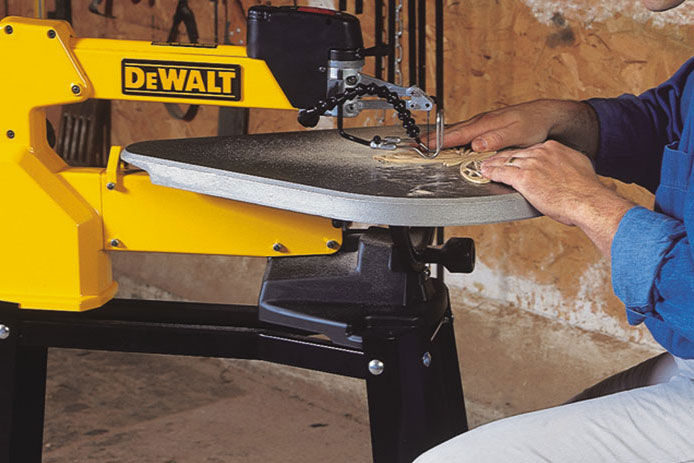
What sets a scroll saw apart is its ability to handle tight corners and fine details with ease, making it a go-to choice for hobbyists and professionals alike. Whether you’re crafting complex patterns or just starting with simple projects, a scroll saw makes achieving precision faster and more enjoyable. It’s truly indispensable for anyone passionate about woodworking artistry!
Key Features to Look for in a Scroll Saw
When choosing a scroll saw, understanding the key features can make all the difference. Start with the blade type. Scroll saws typically use pin-end or plain-end blades, with plain-end being more versatile for detailed work. Make sure the saw you choose is compatible with your preferred blade type.
Speed control is another critical feature. Adjustable speed settings allow you to adapt to different materials, ensuring cleaner and more precise cuts. Slower speeds work better for delicate woods or intricate designs, while faster speeds excel at cutting thicker materials.
The throat size, which is the distance from the blade to the back of the saw, determines how large a piece of material you can handle. A larger throat size is ideal for bigger projects.
Additionally, look for must-have conveniences like a tilting table for angled cuts, dust blowers for a clear view of your work, and quick blade-change mechanisms to save time.
By focusing on these features, you’ll find a scroll saw that matches your needs and enhances your crafting experience!
Types of Scroll Saw Blades Explained
Scroll saw blades come in various types, each designed for specific tasks. Understanding these can help you choose the right one for your project.
Pin-end Blades
These are easy to install and remove, making them ideal for beginners. However, their size limits their ability to create intricate details.
Plain-end Blades
Plain-end blades are the most versatile and widely used. They come in various sizes and tooth configurations, perfect for detailed, precise work.
Skip-tooth Blades
Skip-tooth blades have larger gaps between teeth, which reduces heat buildup and provides smoother cuts. They’re great for beginners and general-purpose cutting.
Double-tooth Blades
With two teeth followed by a gap, double-tooth blades offer ultra-smooth finishes. They’re ideal for intricate designs or softwoods that require a clean edge.
Spiral Blades
Spiral blades cut in any direction without the need to rotate your material. This makes them perfect for projects with complex shapes or tight spaces.
Choosing the right blade ensures a smoother workflow and better results, no matter the material or project complexity.
Tips for Beginners Purchasing Their First Scroll Saw
If you’re buying your first scroll saw, it’s important to start simple and focus on the essentials. Begin by setting a budget to narrow your options without compromising quality. There are great beginner-friendly models that are both affordable and reliable.
Look for a scroll saw with easy-to-use controls and features. A model with variable speed control, a tilting table, and a quick blade-change system can make your experience much smoother. Opt for a saw compatible with plain-end blades, as they’re versatile and widely available.
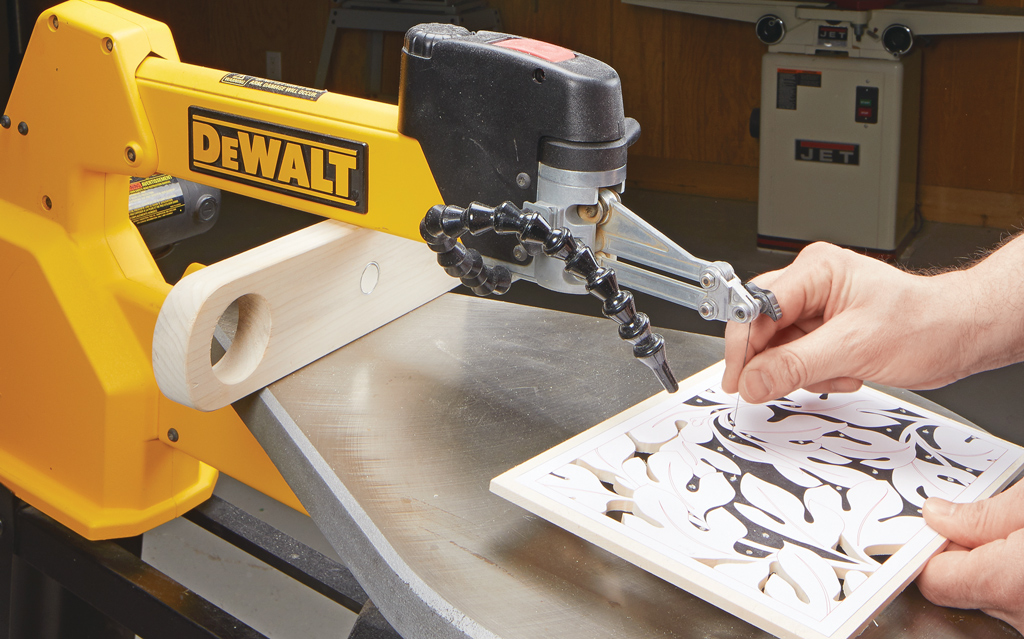
Consider starting with a mid-range throat size, like 16 to 20 inches, which is adequate for most beginner projects. Avoid overspending on advanced features you might not need initially, like high-end electronic controls or premium materials, until you’re more experienced.
Lastly, assess the noise level and stability of the saw. A quieter, more stable machine will make your first projects more enjoyable. By choosing a simple, user-friendly scroll saw, you’ll build confidence and comfort in no time!
How to Match a Scroll Saw to Your Skill Level
Selecting the right scroll saw based on your skill level can greatly enhance your woodworking experience. Here’s how to match the features to your expertise:
Beginners
New users should prioritize simplicity and ease of use. Look for a model with basic features like variable speed control and a mid-range throat size (16-20 inches). A saw with a quick blade-change system and compatibility with plain-end blades ensures a smooth learning curve.
Intermediate Users
If you’ve mastered the basics, consider upgrading to a scroll saw with more advanced features. A tilting table allows for beveled cuts, while better speed variation improves precision on different materials. Also, explore saws with improved stability and stronger motors for larger projects.
Advanced Users
Experienced woodworkers may want a professional-grade scroll saw with features like an oversized throat (greater than 20 inches), electronic speed controls for precision, and advanced blade tensioning systems. These options cater to complex designs and heavy-duty use.
Matching your scroll saw to your skill level ensures a comfortable and productive crafting journey, allowing you to grow and perfect your technique over time.
Key Points
Choosing the right scroll saw is essential for unlocking your potential as a woodworker. By understanding your skill level and focusing on features like variable speed, throat size, and blade compatibility, you can ensure a smoother and more enjoyable crafting experience. Selecting the right blade type for each project further enhances precision and creativity. Whether you’re a beginner or an expert, a well-matched scroll saw opens up endless possibilities for intricate designs and detailed work. Start creating with confidence!


